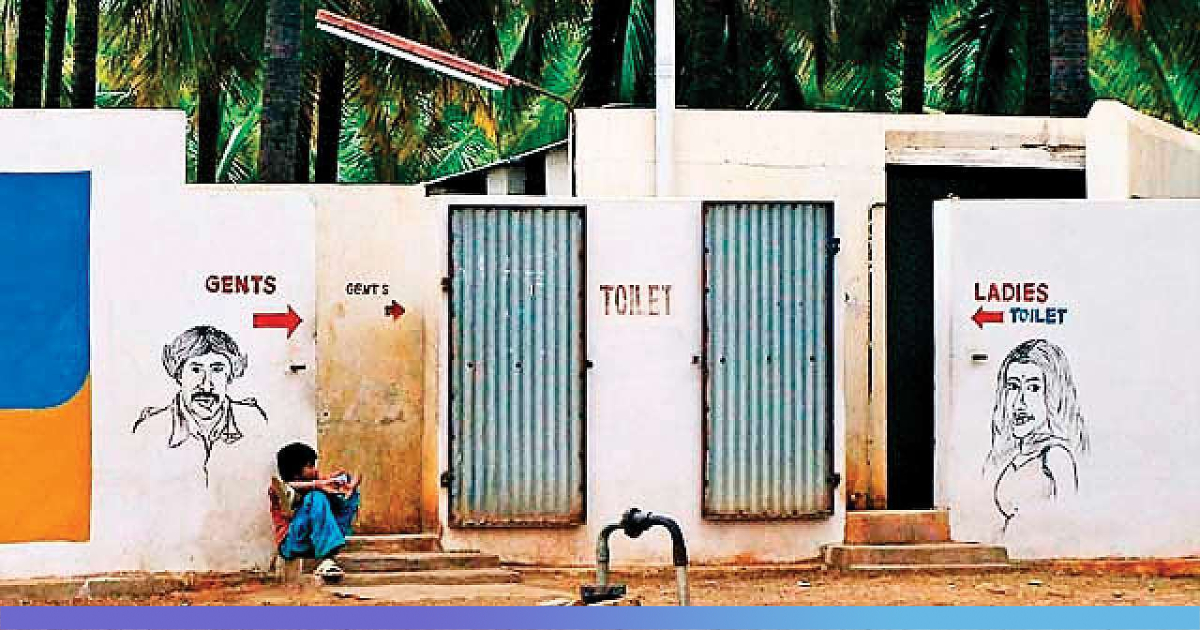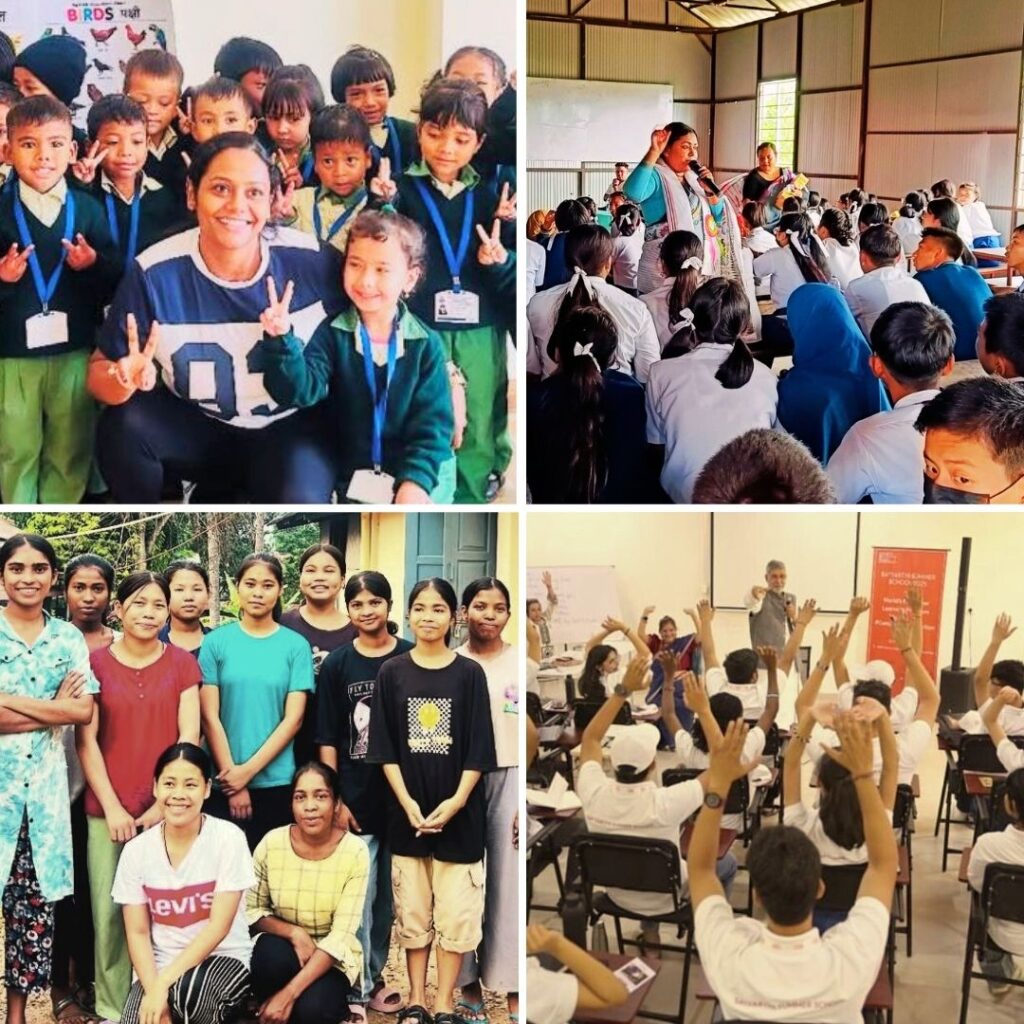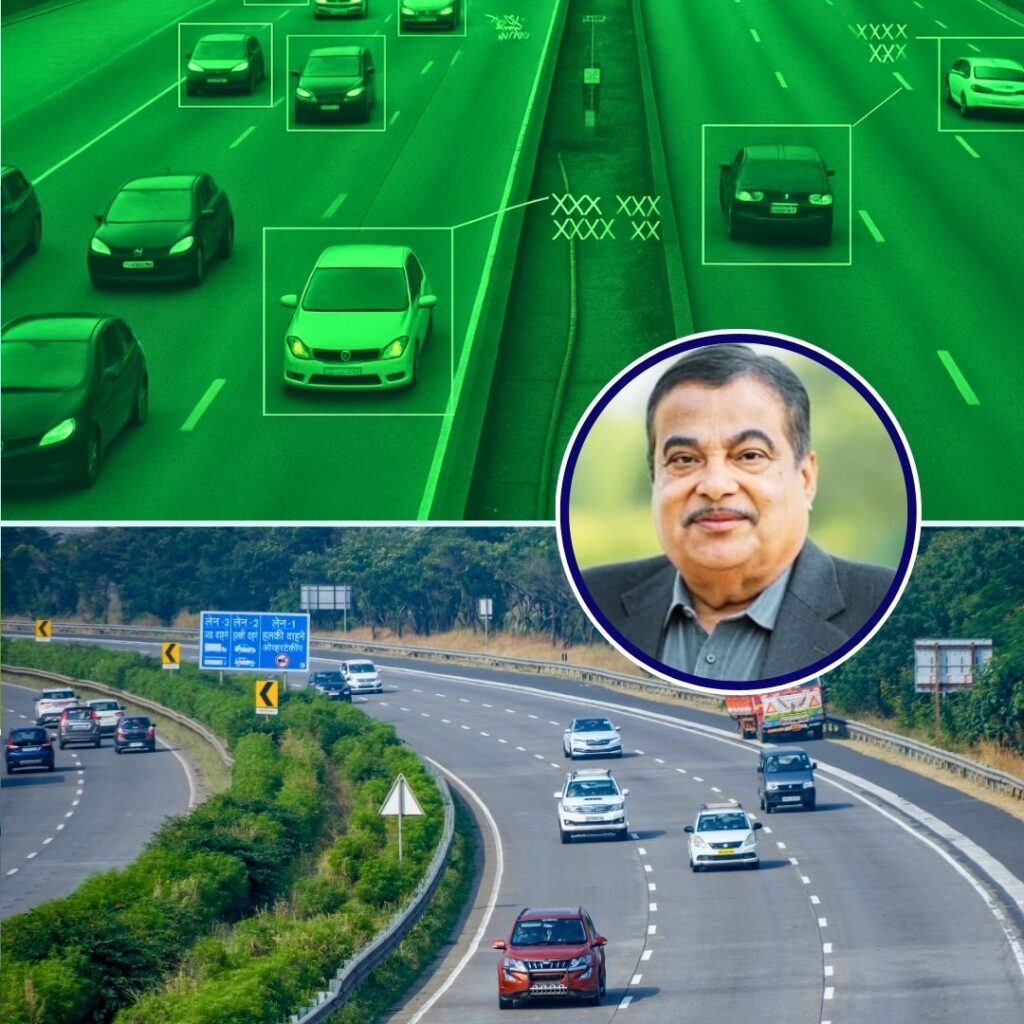The government’s annual ‘Swachh Survekshan’ survey tracking the progress of the Swachh Bharat initiative, the rural sanitation mission, has shown that 90.7 per cent of villages were “confirmed open-defecation free (ODF)”.
November 19 is celebrated as World Toilet Day. It helps us remember the need for safe sanitation services and to do away with the practice of open defecation around the world. According to the United Nations, today, around the globe, 4.2 billion people live without safe sanitation facilities.
“Recognise that a toilet is not just a toilet,” Dr Piroska Östlin, Regional Director for Europe, said. “It protects your dignity, your health, and the health of those around you.”
Prime Minister Narendra Modi on October 3, declared India ‘open defecation free’, claiming that 99 per cent of rural villages recorded zero cases of open defecation.
Hype Around ODF
Sharing the success of India’s sanitation and Swachh Bharat Mission, today, leaders took to social media to wish netizens World Toilet Day 2019 and urge people across the globe to continue the use of toilets and help make India a better and swachh country.
#WorldToiletDay के अवसर पर देशवासियों से स्वच्छता, स्वास्थ्य और सम्मान के लिए #शौचालय प्रयोग करने का आह्वान करता हूं। PM श्री @narendramodi जी के अथक प्रयासों से सरकार ने पिछले पांच वर्षों में 10 करोड़ से अधिक ग्रामीण शौचालयों का निर्माण कराया है। @PMOIndia pic.twitter.com/awRQ26IU0E
— Dr Harsh Vardhan (@drharshvardhan) November 19, 2019
Happy World Toilet Day from Team SBM. @swachhbharat @gssjodhpur pic.twitter.com/TIzM3N0Sp0
— Param Iyer (@paramiyer_) November 19, 2019
1.6 million people die every year due to poor sanitation. Thanks to the initiative and efforts of Hon’ble PM @NarendraModi Ji, India is open-defecation free for the 1st time in history.#WorldToiletDay pic.twitter.com/4dbQEADtDK
— Pralhad Joshi (@JoshiPralhad) November 19, 2019
Provisional findings of the second National Annual Rural Sanitation Survey (NARSS) 2018-19, showed that 93.1 per cent of rural households had toilets and 96.5 per cent of people with access to toilets used them. The survey was carried out between November 2018 and February 2019.
Under the sanitation programme, the government includes the development of single pit toilets to twin pits or making provisions for emptying pits every five years, repair of defunct ones, and construction of soak pits for septic tanks wherever needed.
The survey monitored the success of the programme based on indicators including a reduction in open defecation, sustaining the ODF status of villages and an increase in the population with access to solid/liquid waste management.
As of now, the government has built 100 million toilets covering 500 million people across 699 districts under the rural sanitation project. But, building state-funded toilets are easier than getting people to use them, a sample survey revealed last year.
Govt Data Contradicts Modi ODF Claims
According to the 2018-19 survey, 9.3 per cent of villages still defecated in open, primarily because they had lower than 100 per cent access to toilets, or unhygienic or dysfunctional toilets. However, these claims are contradictory with the ground reality. As PM Modi declared India to be free of open defecation, there are people who are compelled to defecate in open as they do not have toilets at their homes.
PM Modi claimed that 11 crore toilets are built. But the government data suggests 10 crore toilets are built. In rural areas alone, over 10 crore toilets have been built in the last five years, which comes to an average of 38 toilets per minute.
While speaking to The Logical Indian, Dr Siddharth Joshi, a manual scavenging activist said, “The survey conducted does not take into account the entire population, and many have been left out of the survey. Over a period of time, families multiply, new houses are created, and these are often left out from the survey.”
He also said that the construction of toilets does not include aspects like providing water and electricity to the toilet blocks, which may also prevent people from using it.
“In the race to meet the target, many factors have been neglected. Adequate water supply and discharge of waste have not been paid attention by the gram panchayat or the local bodies,” Dr Siddharth added.
ODF To ODF Plus
“Usage of toilets has certainly gone up because of the demonstration effect. It may not be 100 per cent, but it is substantial. The challenge is no longer toilet usage but of disposal of waste material because most toilets have single pits, not double pits,” NC Saxena, the expert committee’s chairman said.
The Jal Shakti ministry is now pushing the Swachh Bharat mission from ODF to ODF Plus, merging the objectives of sanitation and waste management. The framework also includes strategies to ensure menstrual hygiene management, including menstrual waste management, which may be supported under the ODF plus strategy.
Private researchers tracking open defecation practice say that it is still rampant among sections of the population. A team of demographers led by Dianne Coffey, executive director of the Research Institute for Compassionate Economics, found that at least 43 per cent of the rural population in Bihar, Madhya Pradesh, Rajasthan, and Uttar Pradesh, defecated in the open in 2018 because of “cultural and other reasons”. The population accounts to two-fifth of India’s total population.
However, the share of the rural population defecating in the open had significantly reduced by 70 per cent in 2014.
Also Read: Govt Data Contradicts PM Modi’s India ‘Open Defecation Free’ Claims











